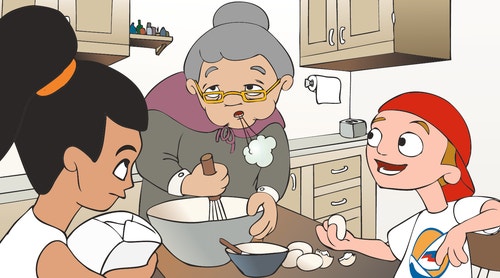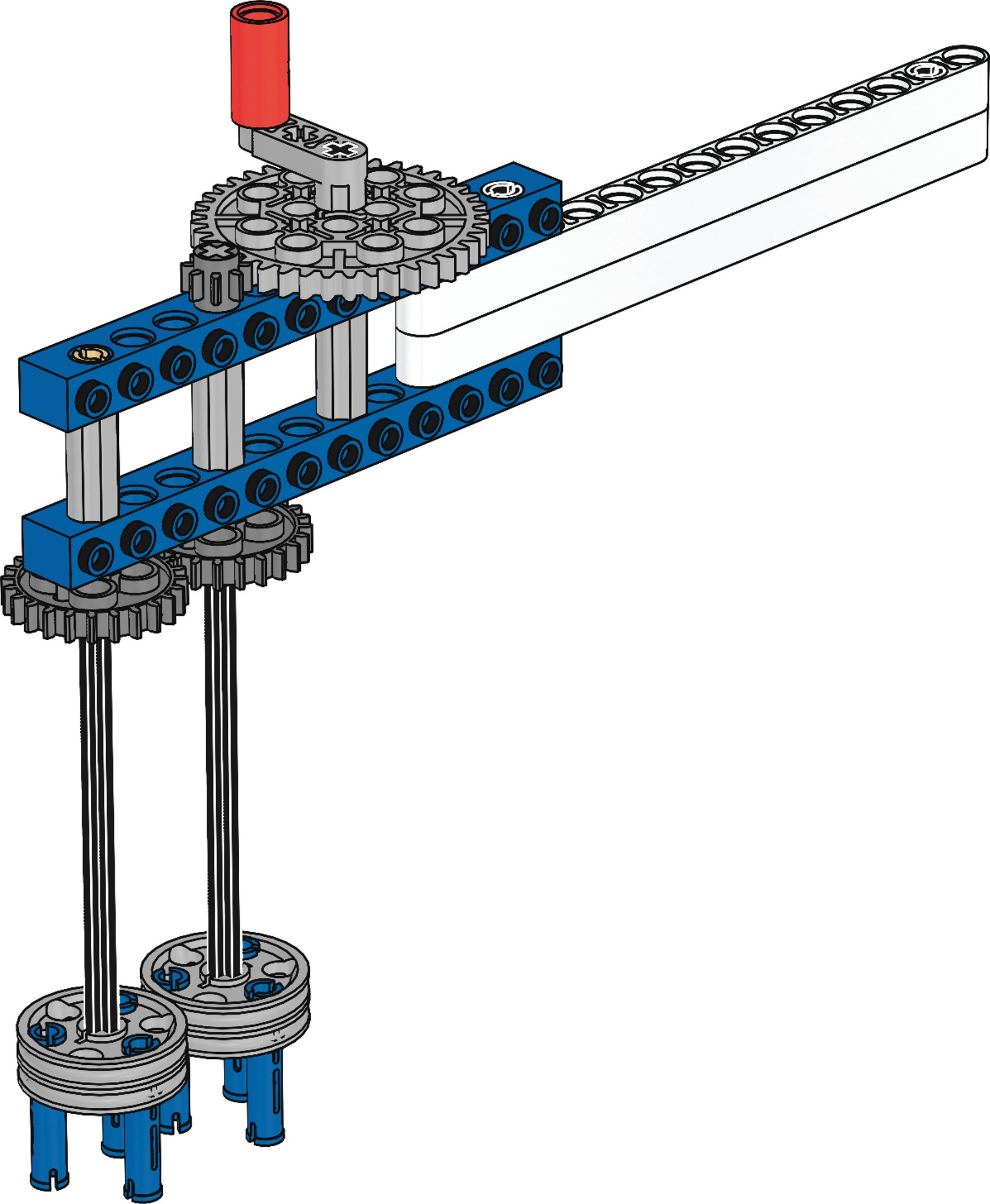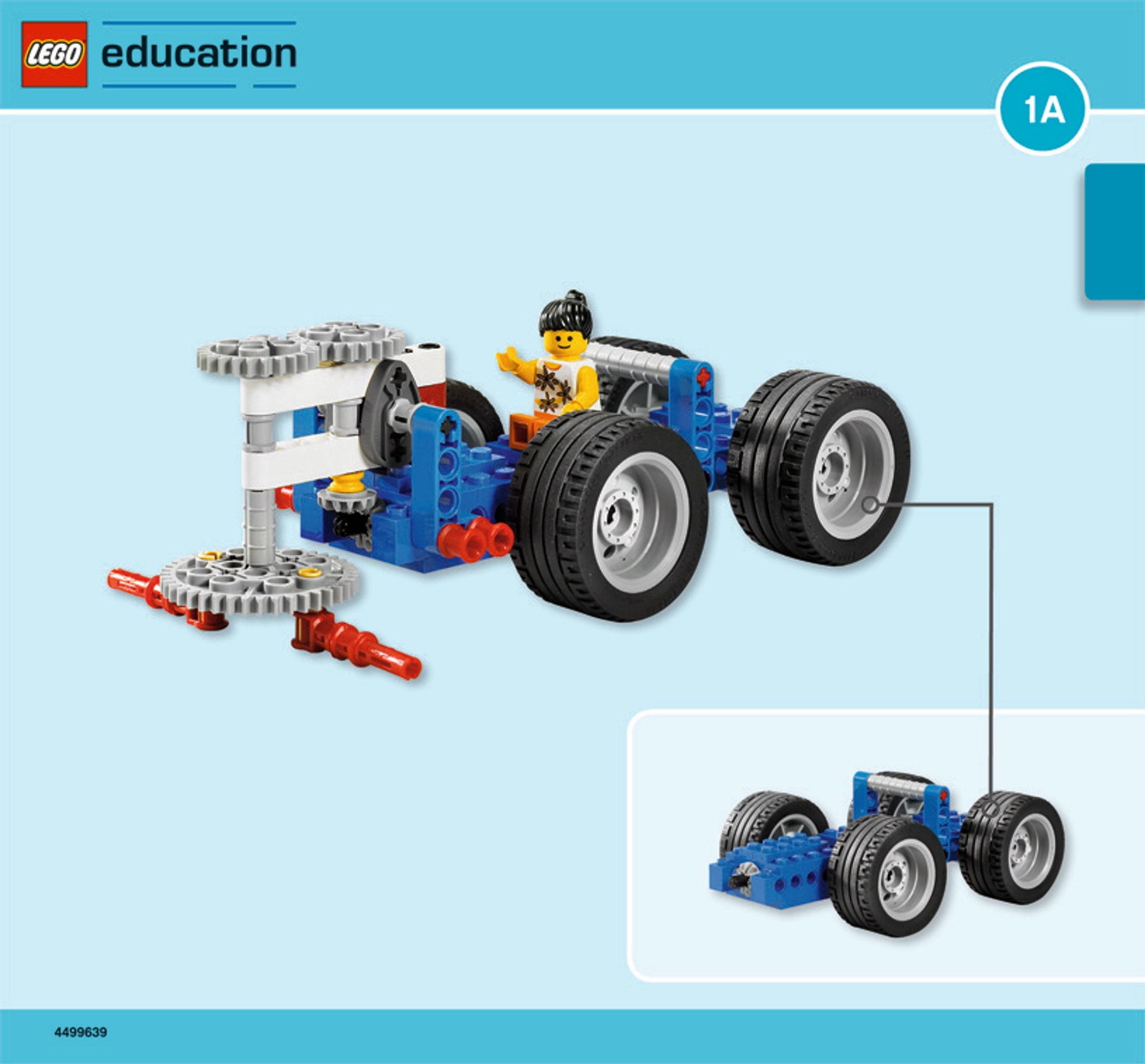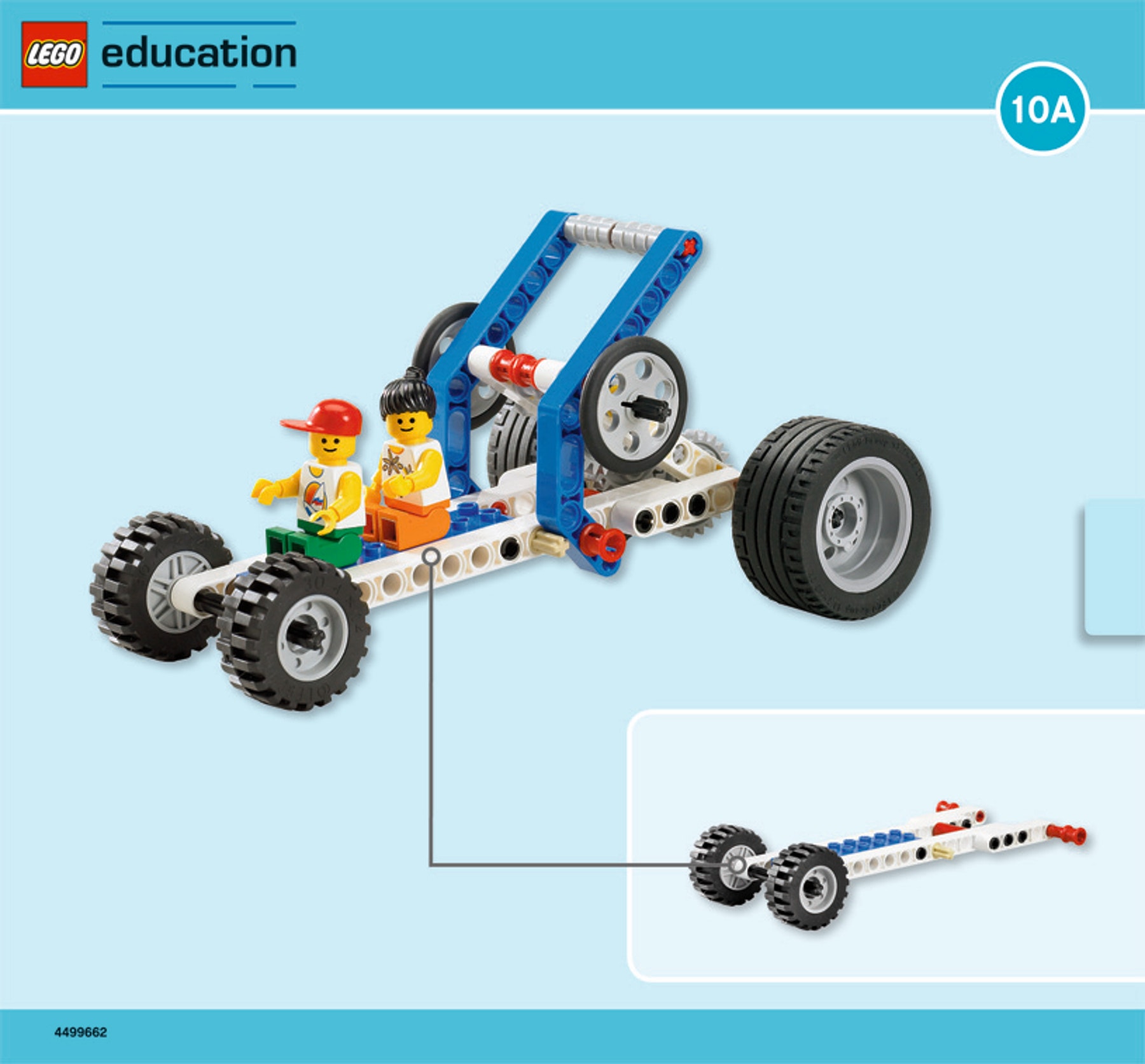Beaten
Apply knowledge and skills related to gears and pulleys, energy efficiency, and fair testing.

The Problem
(3-5 Minutes)
Granny is scared of electric mixers, but she gets tired when she uses a whisk to beat eggs for pancakes or cake mixes. Is there a better way for Granny to beat eggs?
Can you help Jack and Jill come up with a solution?

Design Brief
(3-5 Minutes)
Design and make a hand mixer:
• that is easy to hold and use
• that really works
• with beaters that spin much faster than the handle you turn
• in which the beaters are at least 10 cm (≈ 4 in) away from the nearest part of your hand
- Make a sketch of the idea you designed and made.
- Label the three most important parts, explaining how they work.
- Suggest three improvements.
Suggested Model Solution
(20-25 minutes)
Note: You are advised not to share this image with students.

Fair testing and Fun
(15-20 Minutes)
Safety first: How close are your hands to the beaters?
Hold the mixer and turn the handle. Measure the closest distance from hand to beater with a ruler. It should be at least 10 cm (≈ 4 in).
How fast do the beaters turn?
Turn the handle once. Count how many turns of the beaters – the more the better. Your beaters should be able to turn at least five times faster than the handle.
How well does the mixer work? How efficient is it?
Each mixer must mix the same amount of soapy water for the same time to constitute a fair test. Place your test volunteers in front of the test bowls (with NO BUBBLES on top). Start the stop watch and start the mixers. Stop after one minute.
Quickly measure the depth of bubbles – the more the better.
How comfortable, easy, and safe to use is it?
Check the volunteer’s hands. Count the marks left from gripping the mixer – the more there are, the more uncomfortable it is to use. Ask them to rate how easy it was to use (1 for hard; 5 for very easy). How many accidents did they have – the less the better!
The most efficient mixer will make more bubbles, more quickly with greater comfort and ease of use.
Extra Challenges
(25-30 Minutes)
Make a super-safe mixer with a drive mechanism that slips if you get a finger or a tie stuck in the beaters.
Turn it into a dough mixer! The beaters should turn as slowly as possible compared to the handle. Try it for real with flour and water.
Can you adapt your mixer to become a washing machine? Make a top-loading washing machine in a cup. Use tiny squares of cloth with sauce as the test clothes. As you turn the handle one way, the beaters should rotate back and forth.
Teacher Support
Students will be able to apply the knowledge and skills of:
Gears and/or pulleys
Energy efficiency
Evaluating efficiency
Applying principles of fair testing and product safety
9686 Simple & Powered Machines Set (two students per set recommended)
A ruler
Stopwatch
Cups or small bowls half full of warm water and a few drops of washing-up liquid
Trays to stop spills
Volunteers from another group to test the mixers
Towels to dry up
NGSS
Crosscutting Concepts
Patterns
Science and Engineering Practices
Asking questions and Defining Problems
Developing and using models
Planning and carrying out investigations
Analyzing and interpreting data
Using mathematics, Informational and Computer
Technology, and computational thinking
Constructing explanations and designing solutions
Engaging in argument from evidence
Obtaining, evaluating, and communicating information
Common Core Mathematics Standards
7.RP.A / 6.NS.B / 6.EE.C / 7.EE.B / 8.EE.B / 8.F.B / 6.SP.A
Common Core English Language Arts
SL 6.1 / 6.2 / 7.1 / 7.4 / 8.1
RST 6-8.3 / 6-8.4 / 6-8.7
WHST 6-8.1 / 6-8.7 / 6-8.8 / 6-8.9
Student Material
Share with:
 Google Classroom
Google Classroom





